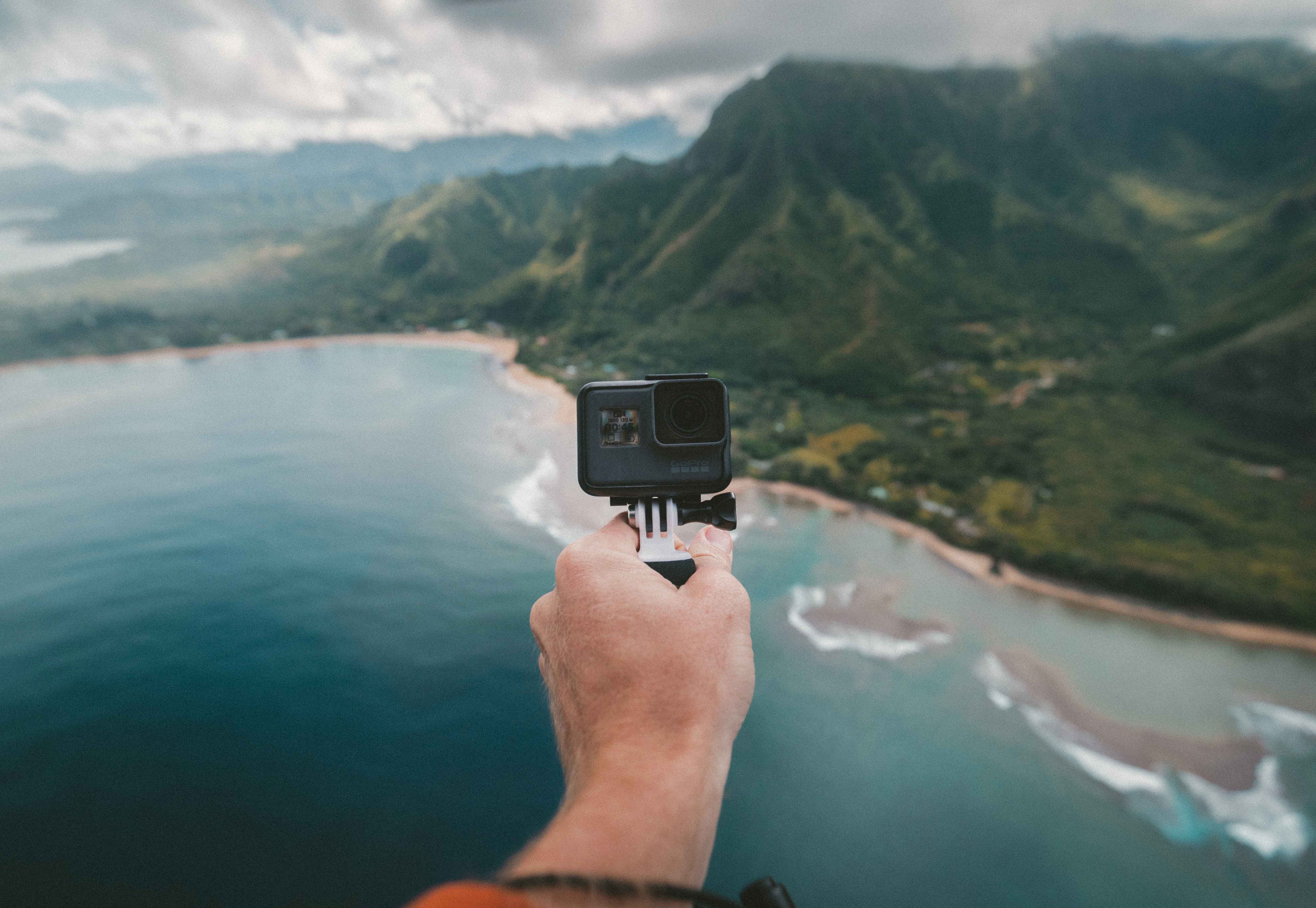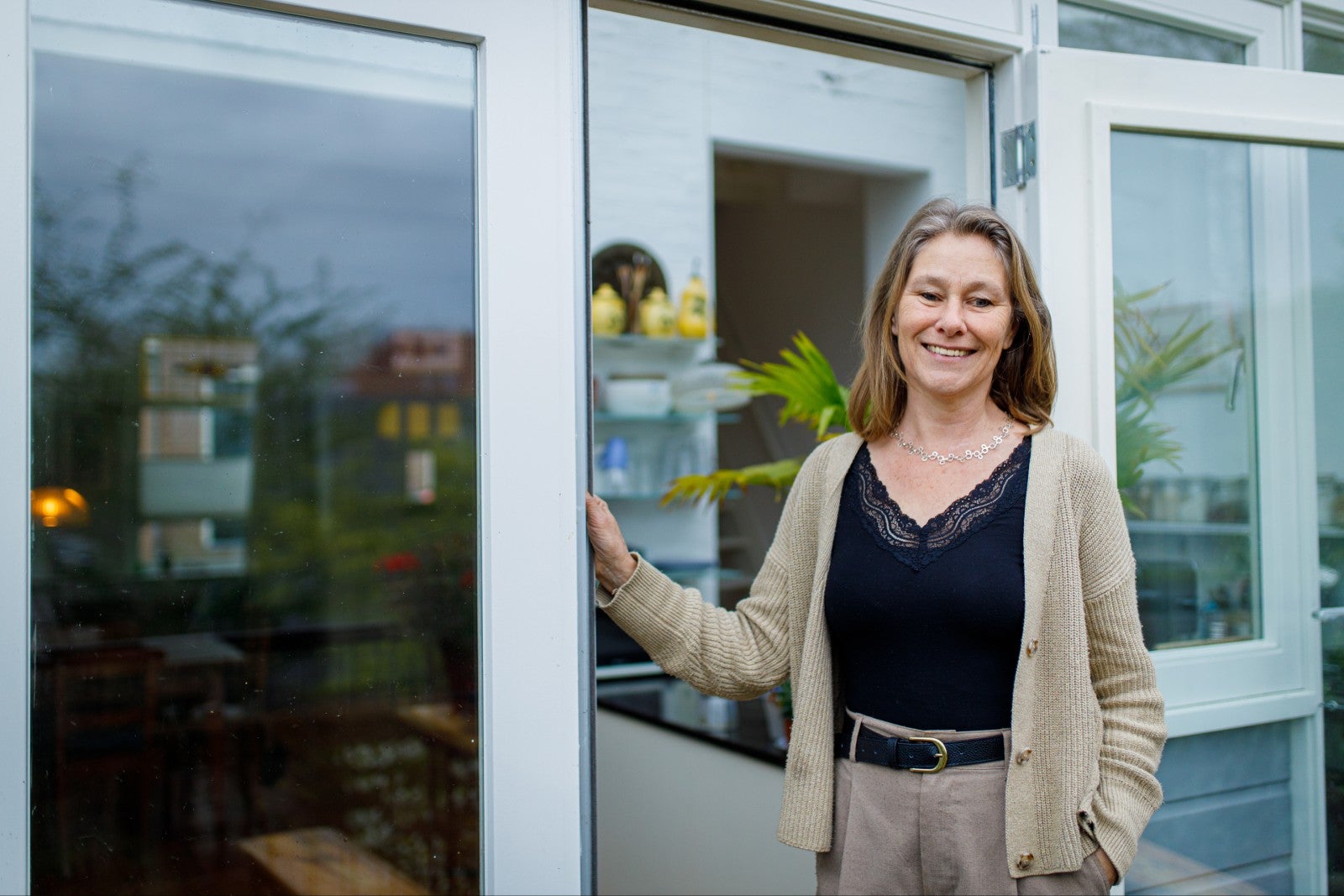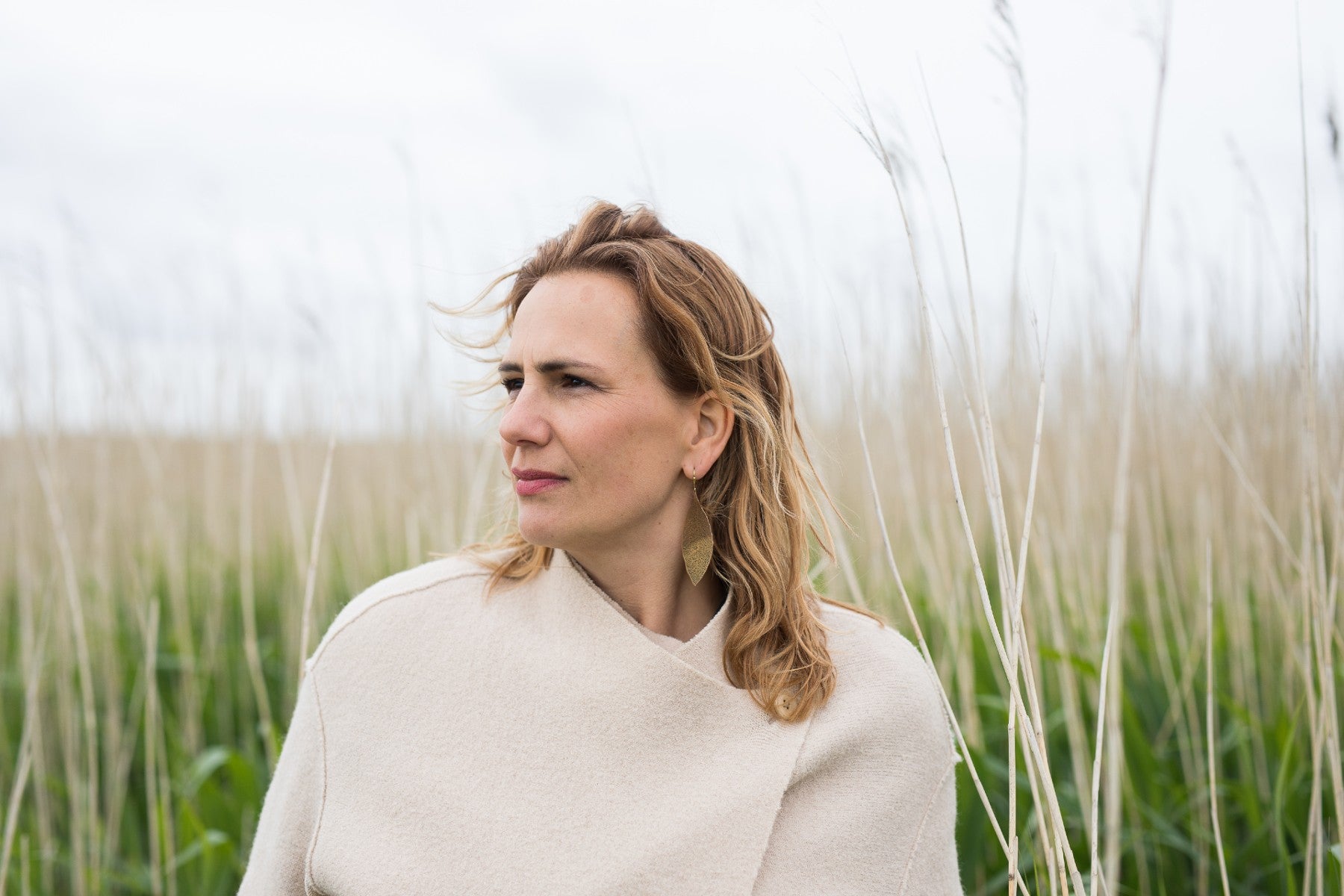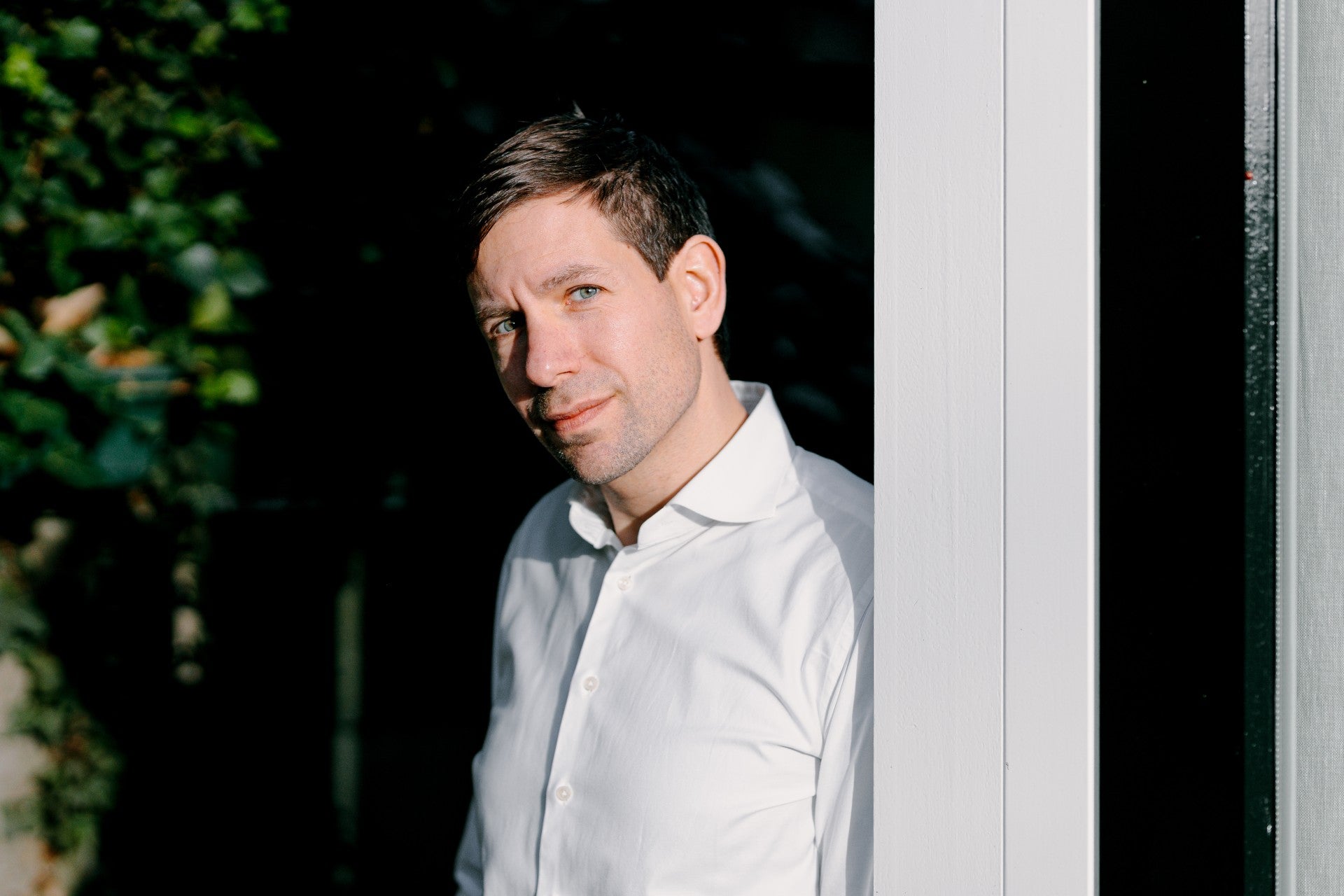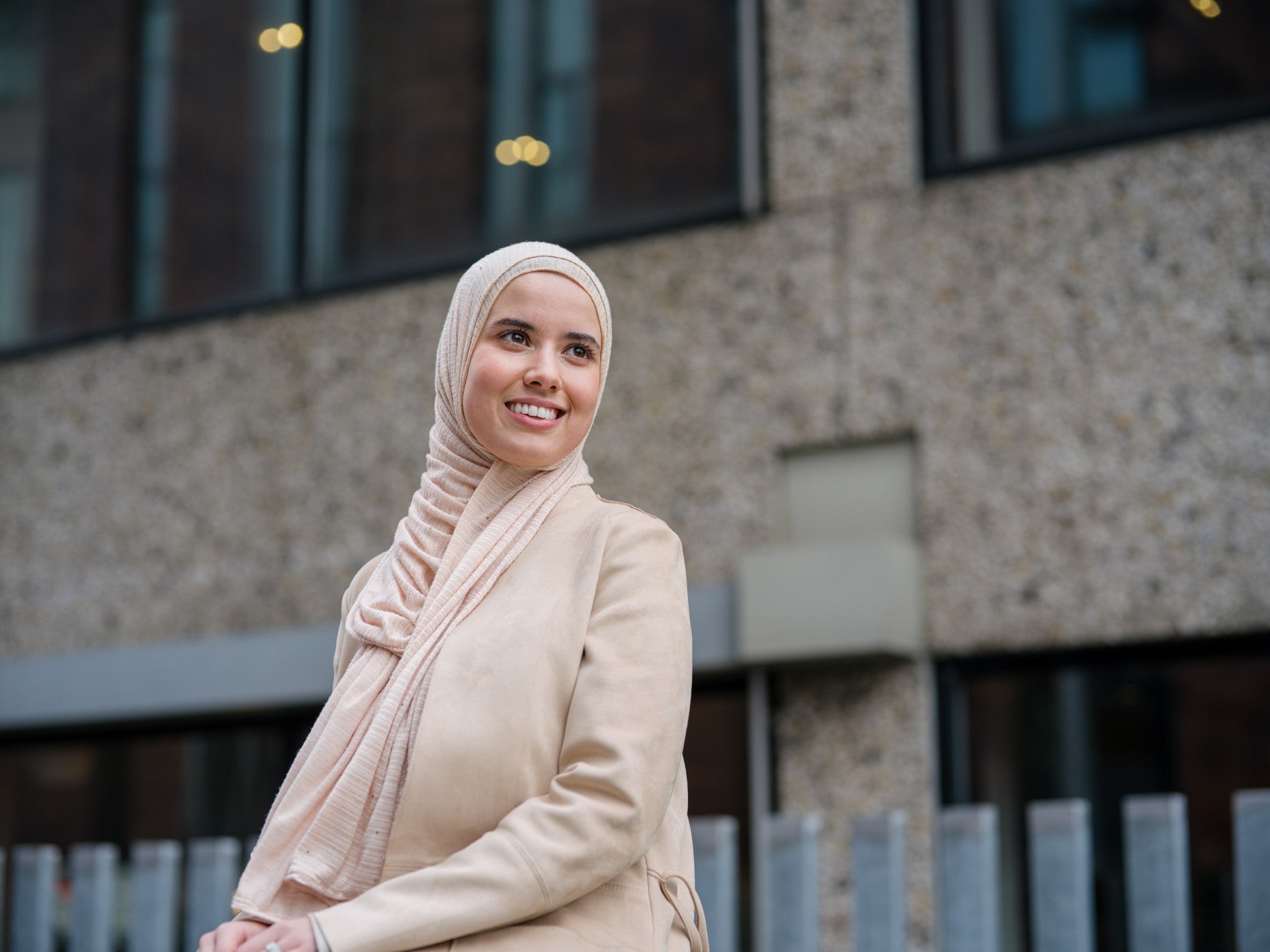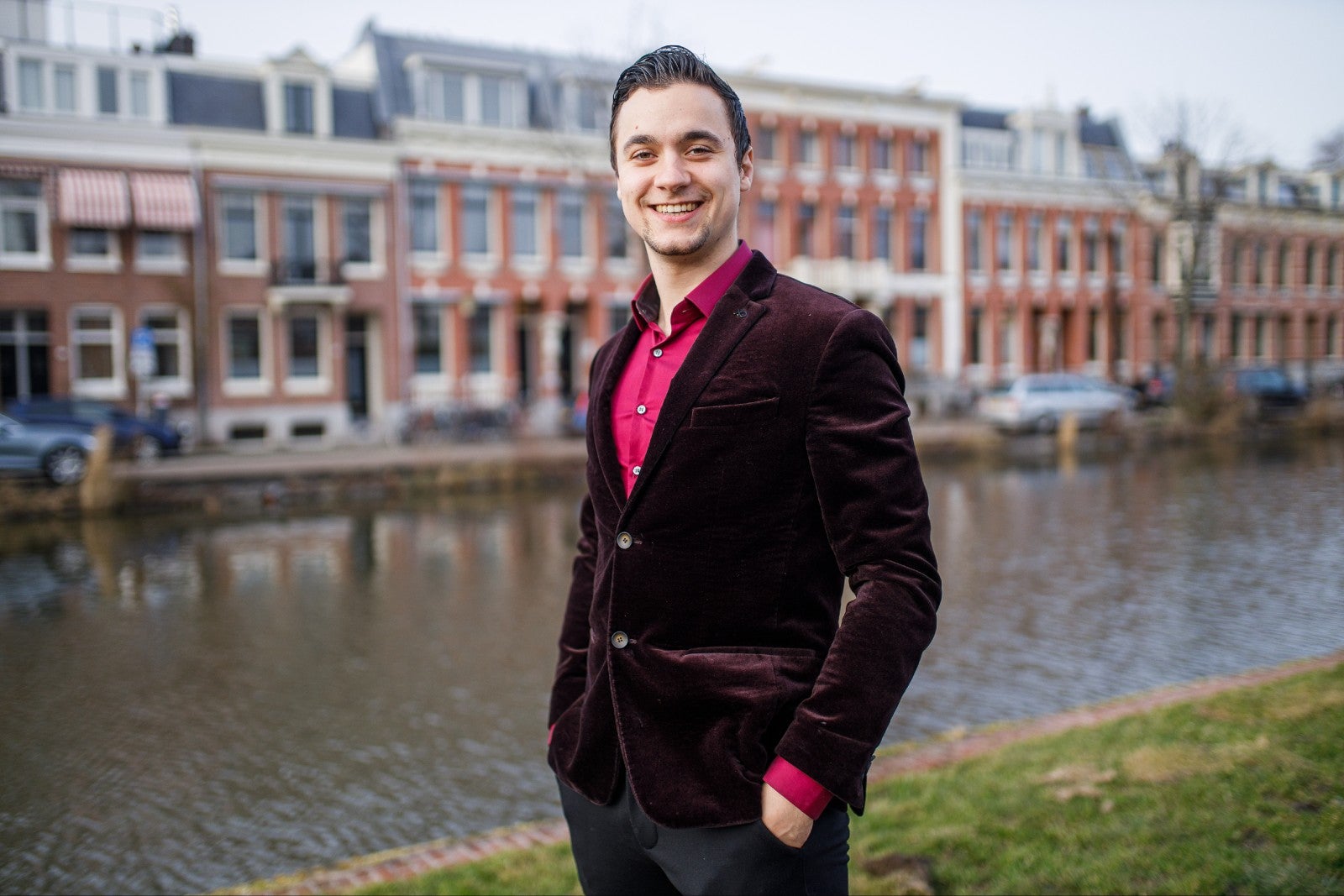Sure, we’re all looking to take that perfect picture of ourselves and might even be willing to face the shame of using a selfie stick to do so. Some people, however, take the pursuit of the perfect selfie very seriously indeed, and end up paying for it with their lives.
The Polish couple who fell off a cliff while their two small children looked on. The man in Russia who removed the pin from a grenade, then took a selfie and inadvertently blew himself up. Or the Mexican man who put a gun to his head and accidentally pulled the trigger as he took the picture. All these incidents have an air of the incredible, but they are just a small selection of countless similar cases. A recent study published in the Journal of Medicine and Primary Care shows that in the last seven years, over 259 people have met their demise while taking a selfie.
Online self-representation
Media psychologist Jolanda Veldhuis (VU University Amsterdam) found herself watching a video of yet another tragic accident just this week. “In Asia, a woman was busy taking a selfie on her 20th-floor balcony when she plummeted to her death. It’s truly tragic. One moment you’re smiling at your phone, and the next there’s a gust of wind and you’re gone. You don’t even get to post the photo.”
Together with a team of colleagues, Veldhuis is researching online self-representation, studying how people portray themselves online and the relationship between self-image and posting selfies. She believes that people who post selfies mainly do so to cement an online identity. “People use selfies to try out different identities in their online network to see how other people respond. Our study is not focused on kilfies, but if we look at the insights produced by the selfie study, it appears that people who end up taking a kilfie were primarily trying to portray a cool version of themselves. You might see a kilfie as a selfie that has gotten seriously out of hand.”
No-selfie zone
Selfies often get out of hand at Yosemite National Park in the US. Veldhuis thinks that placing warning signs at such hotspots could definitely be a solution. You could be forgiven for thinking that it’s also a matter of personal responsibility, though. “In the case of the fall from the balcony, you’d probably have a good point. However, if there are hotspots where people who take selfies regularly plunge to their deaths, why wouldn’t you place a warning sign to raise awareness of the dangers?”
Motivation
The kilfie phenomenon gives rise to a question that also applies to selfies in general: why do people take selfies in the first place? How has the emergence of smartphones and the bevy of applications to edit our photos impacted our body image? Those are the questions that Veldhuis and her colleagues have recently sought to answer.
“You’d think that taking selfies wouldn’t be a great way to increase your confidence, because in fact, you’re objectifying your body just as fashion magazines do. However, people from both camps post selfies: those who see their bodies as objects and those who are happy with their bodies. It seems, therefore, that posting selfies can also have an empowering effect: people post a more idealised version of themselves, which other people then see. In short, selfies might not be completely bad for you, and that is why our study is focused on shedding further light on these relationships, as well as the influence of comments and likes.
Looking in the mirror
“We have also concluded that up to 20 minutes pass before a selfie is posted online.” It turns out that the process is to take a number of selfies, select the right one, edit it, and then post it with a caption. For Veldhuis, the extent of the editing is particularly remarkable and she wonders what consequences that has for your self-image:
“It’s so easy to edit yourself. All it takes is the press of a button to make your eyes slightly bigger, your skin a bit smoother or your face a little slimmer. Do people even know what they really look like anymore? One of our experiments revealed that test subjects were unable to tell whether the edited or unedited photo was real. It does make me wonder, though: wouldn’t that make looking in the mirror each morning a huge shock?”

